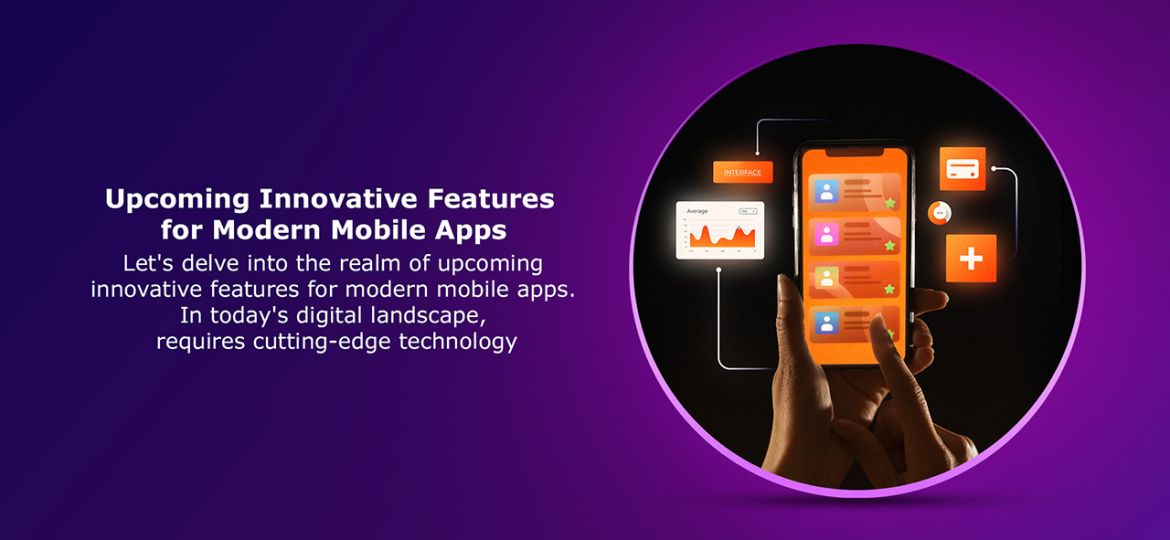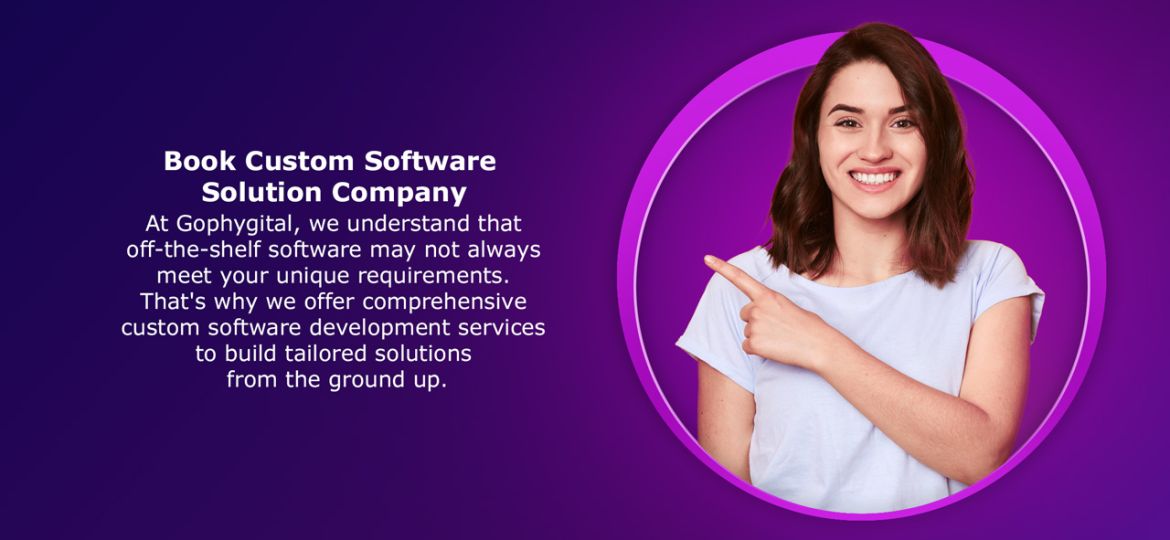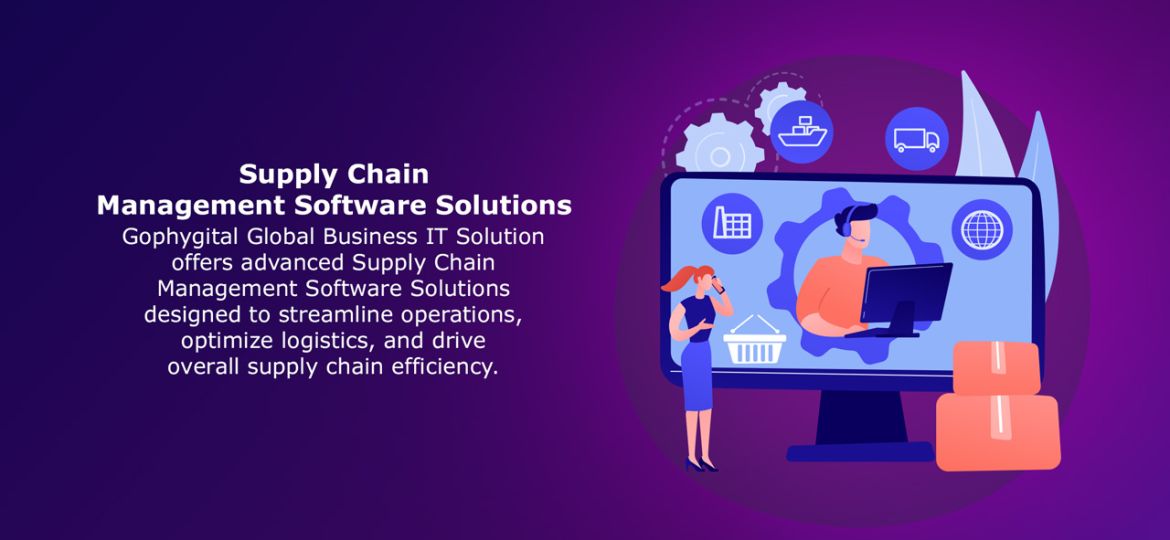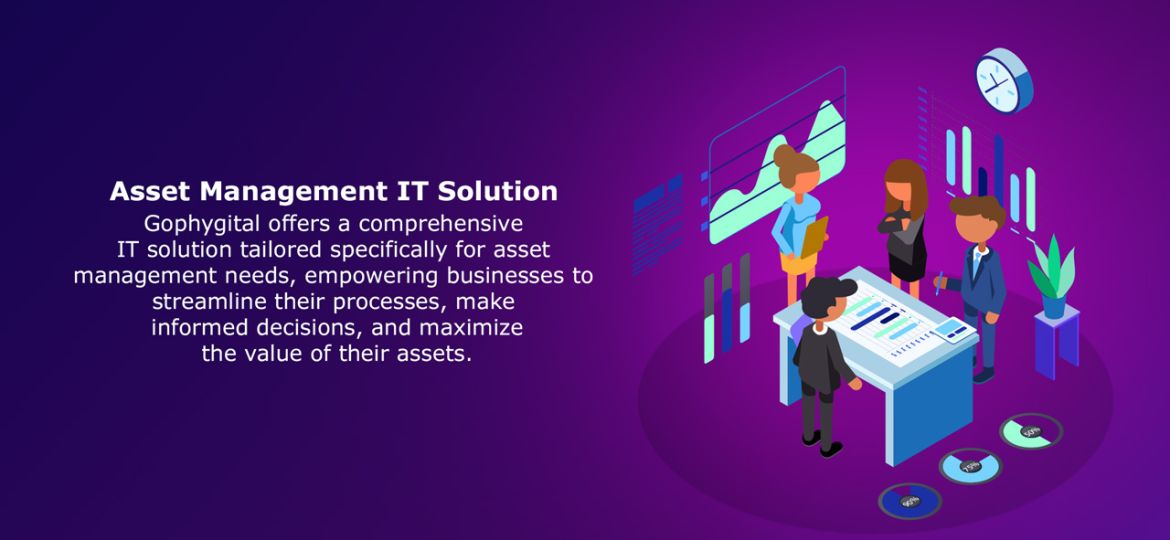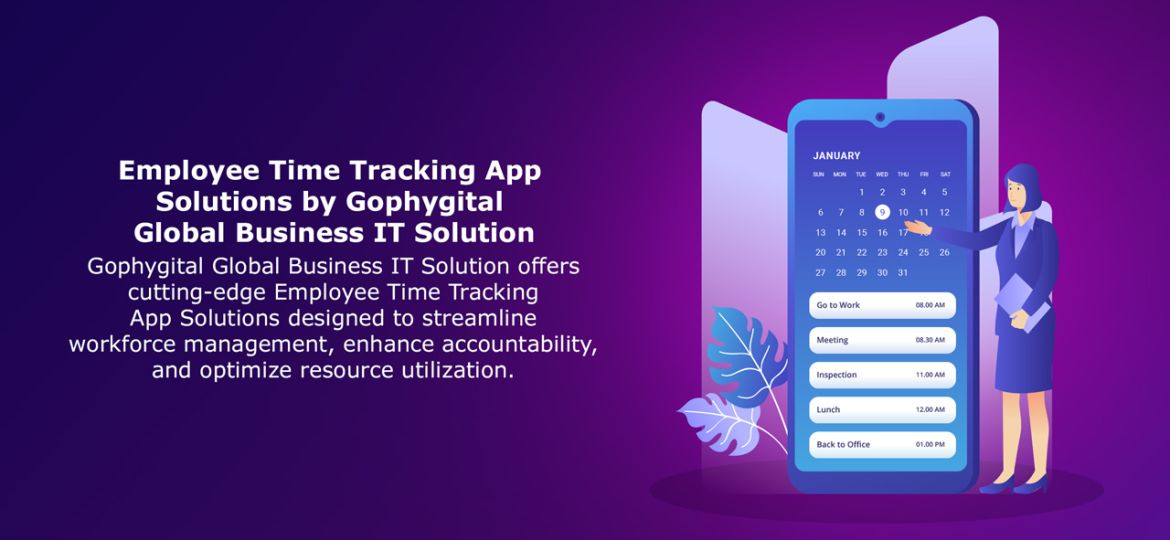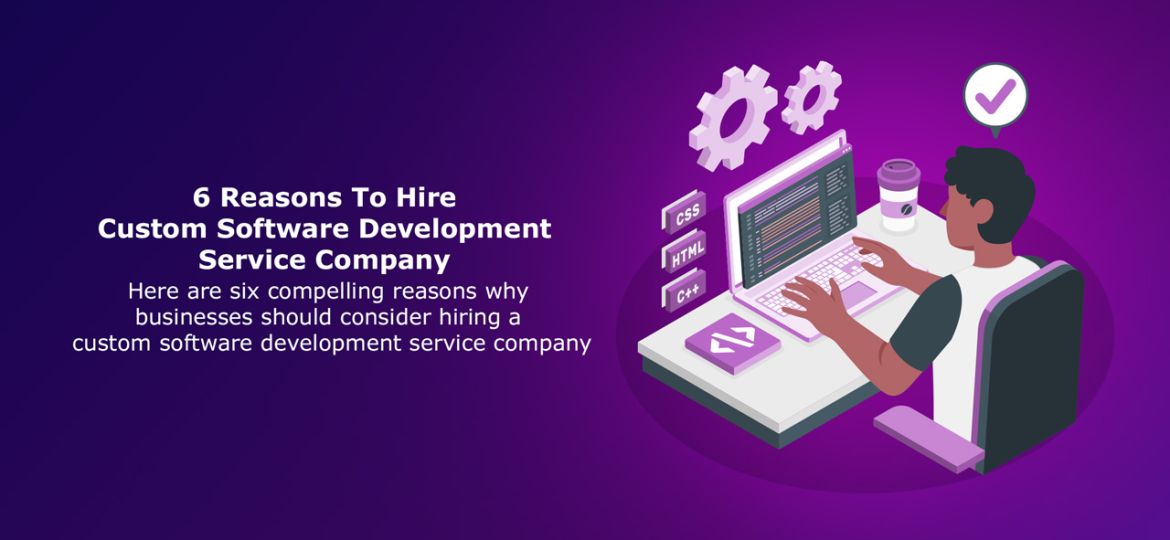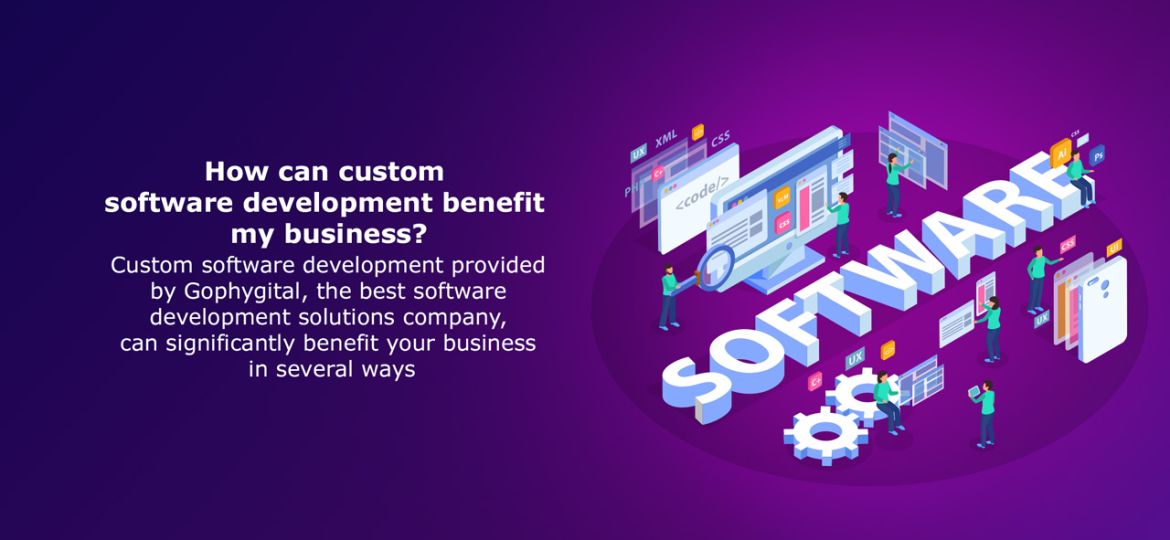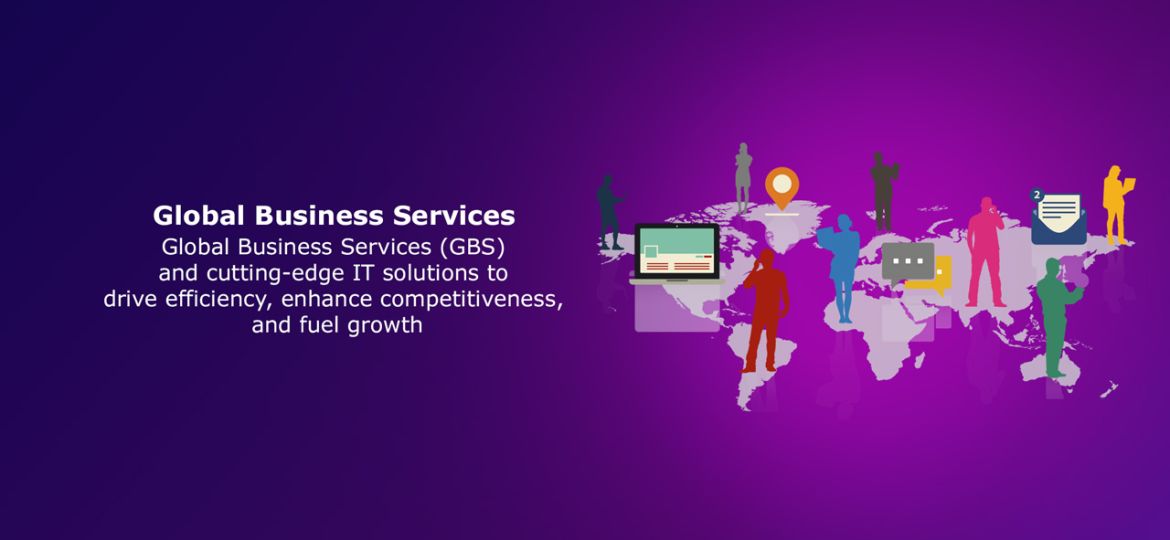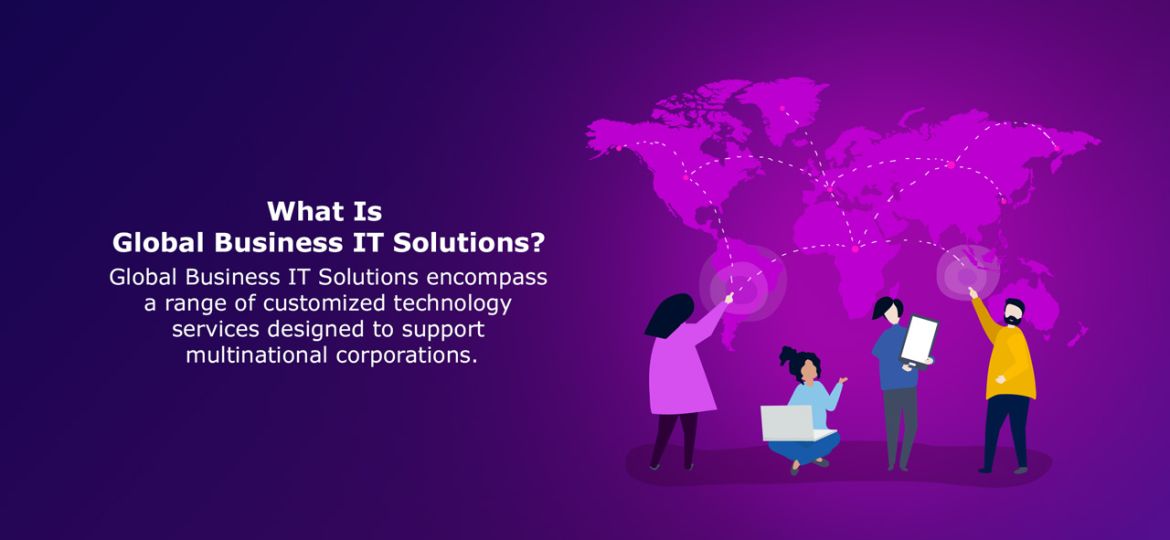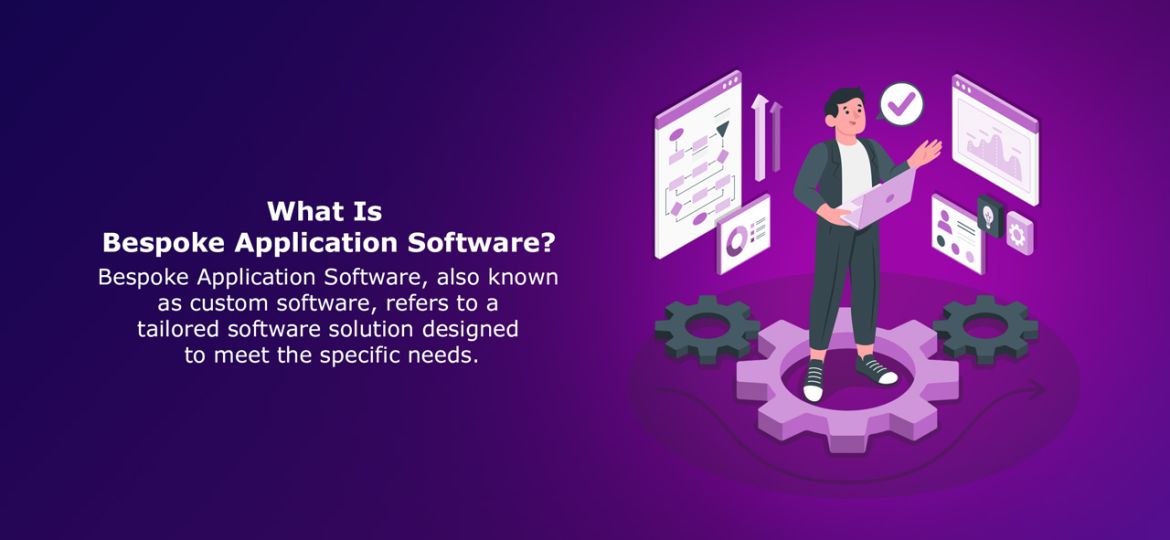Let’s delve into the realm of upcoming innovative features for modern mobile apps. In today’s digital landscape, requires cutting-edge technologyUpcoming Innovative Features for Modern Mobile Apps.
At GoPhygital, we understand that off-the-shelf software may not always meet your unique requirements. That’s why we offer comprehensive custom software development services to build tailored solutions from the ground up.
GoPhygital Global Business IT Solution offers advanced Supply Chain Management Software Solutions designed to streamline operations, optimize logistics, and drive overall supply chain efficiency.
GoPhygital offers a comprehensive IT solution tailored specifically for asset management needs, empowering businesses to streamline their processes, make informed decisions, and maximize the value of their assets.
Gophygital Global Business IT Solution offers cutting-edge Employee Time Tracking App Solutions designed to streamline workforce management, enhance accountability, and optimize resource utilization.
Here are six compelling reasons why businesses should consider hiring a custom software development service company.
Custom software development provided by Gophygital, the best software development solutions company, can significantly benefit your business in several ways.
Companies are increasingly turning to Global Business Services (GBS) and cutting-edge IT solutions to drive efficiency, enhance competitiveness, and fuel growth.
Global Business IT Solutions encompass a range of customized technology services designed to support multinational corporations.
Bespoke Application Software, also known as custom software, refers to a tailored software solution designed to meet the specific needs.


